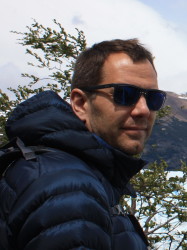BibTex format
@article{Robinson:2021:10.1016/j.chemgeo.2021.120119,
author = {Robinson, S and Ivanovic, R and van, de Flierdt T and Blanchet, CL and Tachikawa, K and Martin, EE and Cook, Falco CP and Williams, T and Gregoire, L and Plancherel, Y and Jeandel, C and Arsouze, T},
doi = {10.1016/j.chemgeo.2021.120119},
journal = {Chemical Geology},
pages = {1--20},
title = {Global continental and marine detrital εNd: an updated compilation for use in understanding marine Nd cycling},
url = {http://dx.doi.org/10.1016/j.chemgeo.2021.120119},
volume = {567},
year = {2021}
}

